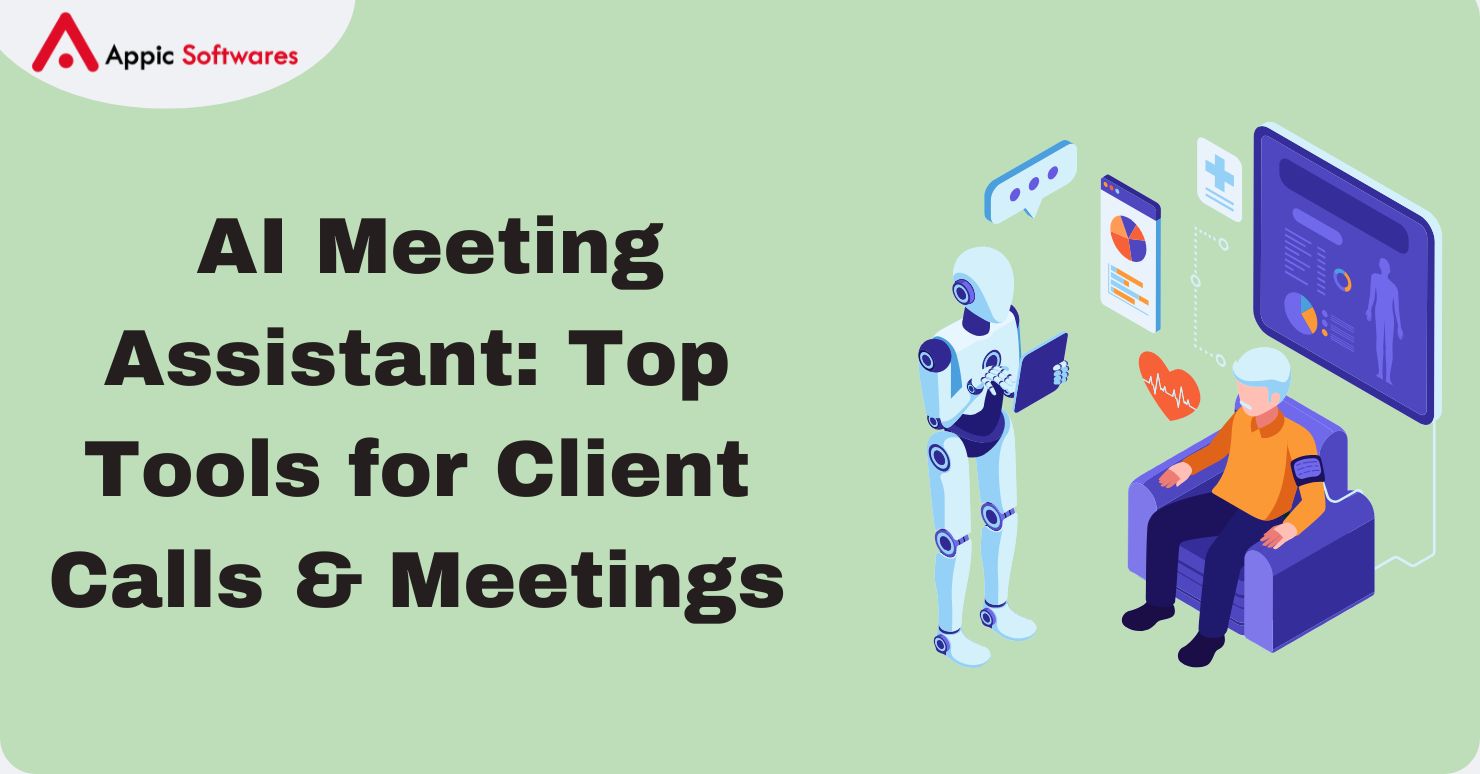
The most popular deep learning framework for AI/ML nowadays is PyTorch. According to the Linux Foundation’s latest Shaping the Future of Generative AI Report, PyTorch has a 63% adoption rate, making it the industry leader in model training. As demand for AI-powered solutions soars, businesses are increasingly seeking skilled PyTorch developers to build models for computer vision, natural language processing, recommendation systems, and more.
Are you considering hiring a PyTorch developer but are uncertain about the cost? The price can change a lot depending on skills, where the developer lives, and how you hire them. You need to know the cost, the skills, and how to save money. In this article, you will learn how to choose, what to ask, global rates, and how to cut costs but not quality.
How To Choose The Best Pytorch Developer?
The process of finding the right Pytorch developer is more than about the skills in technology. You need someone you trust. And who can talk to you. Here are the steps to follow.
Check Their Experience
First of all, for your search for Pytorch Developers, check their background. When asking the question, you can get additional details on how many years the experts have been working with Pytorch. One with over two years in practice using Pytorch can easily identify these common tools and tricks. They should know that how to install and updating pytorch, operations on tensors and usage of GPU for heavy computation.
For instance, they can be asked questions specific to versions such as PyTorch 1.x or PyTorch 2.x. If the assumption ‘A good Pytorch Developer’ is made, this person should be able to list the following features. You can also enquire about certain courses or books that they have taken. It has also been important to find out if they joined one or many companies or if they met when they were attending data-science groups. That shows they stay updated.
This step also ensures you can tell if it is only in their head by just hearing it, or if they indeed know how to go about it. It makes them confident that they will not get bogged down by the triviality of the repetitive exercises. And it poses the groundwork for further discussions on code and design.
Look At Their Projects
Real work is a real experience, and the story shows it. Specifically, the Ask Question section inevitably leads developers using Pytorch to request sample code or the GitHub link when they do not see a solution to their queries. Well-constructed samples should possess a proper structure of folders in the context of the current computers and other technology devices. They indicate how data is loaded from a raw file to a tensor. You need to have a nicely formatted code with comments. Look for real-world applications like image recognition or text analysis. For example, some developers may have experience in Python ecommerce development, using PyTorch to build machine learning models for personalized recommendations or inventory optimization.
It is also desirable to provide comments to explain why a specific layer was chosen and which loss function to use. Search for such projects where there is a real demand, for instance, image recognition or entity extraction from text. If they provide you with their code, it is always preferable to try to compile and execute it on your own computer. Ensure that you check if the problem solution does not contain any error.
Tell them to discuss with you a project and explain procedures of each operation. They should inform about decisions made when selecting hyperparameters, when deciding how and why the data divide was made and how the results were assessed. This is rather an impressive element which reflects positive aspects of coding skill and knowledge of Pytorch development . This also assists you to locate a talented trainee to write clean, easily readable codes other than butchered script clones.
Test Their Code Skills
A short coding test can reveal true ability. Give a small task, such as building a simple CNN for digit recognition. Provide MNIST data and ask them to write code in a set time. They should show how to load data with DataLoader, define a model with nn.Module, and train with an optimizer. Watch how they handle errors or slow training.
Do they use GPU? Do they set random seeds for reproducibility? After the test, ask them to explain each part. This reveals clarity of thought. It also checks if they write clean and efficient Pytorch development code. This step is hands-on. It weeds out those who only claim skill but cannot apply it. And it gives you insight into their problem-solving style.
See Their Communication
Strong code skills need clear talk too. Ask Pytorch Developers how they report progress. Do they use email, Slack, or project tools like Jira? Good developers give regular updates with code snippets or logs. They raise flags early when they hit a roadblock. They ask clear questions when requirements change. During interviews, note if they listen well and respond..
They should explain complex Pytorch development ideas in simple terms. This shows they can work with non-tech stakeholders too. Poor communication leads to delays and mistakes. But good communication keeps your project on track. It builds trust. And it makes sure you both share the same goals and expectations.
Good Pytorch developers share updates and ask questions when stuck. This makes your work smooth.
Must Ask Interview Questions With A Pytorch Developer

A strong interview reveals real skill. Use these questions to test knowledge and fit.
Core Pytorch Questions
When you ask core questions, you focus on foundations. You can start by asking “What is a tensor?” The candidate should explain tensors as multi-dimensional arrays. Then ask, “How do you create and manipulate tensors in Pytorch?” They should mention torch.Tensor, torch.zeros, or torch.randn. Next, ask them to describe nn.Module and the forward method. They should explain how to build custom layers. Finally, ask about training steps. They should cover loss functions, optimizer.zero_grad(), loss.backward(), and optimizer.step(). To dig deeper, ask how they approach the AI software development process with PyTorch, covering stages like data preprocessing, model training, and deployment. These questions reveal basic skill in Pytorch development and show how well they know core parts of the library.
Problem Solving Questions
Problem solving questions show real skill. Ask, “How would you speed up slow training?” The candidate might suggest using GPU or mixed precision. Then ask, “How do you stop overfitting?” They could mention dropout, data augmentation, or early stopping. Next, ask, “What would you do if GPU memory runs out?” They might reduce batch size or clear cache with torch.cuda.empty_cache(). Finally, ask about debugging. They should share tips like checking tensor shapes, using print or pdb, and verifying gradients.
Project Questions
Project questions help you see real work. Ask, “Describe a Pytorch project you built.” They should outline data loading, model design, training, and evaluation. Then ask, “What challenges did you face?” They might talk about slow data pipelines or version conflicts. Next, ask, “How did you track experiments?” They could mention tools like TensorBoard or simple logging. Finally, ask, “How did you improve model accuracy?” They might discuss hyperparameter tuning, transfer learning, or custom loss functions.
What Are The Global Rates Of Hiring Pytorch Developers?
| Region | Junior (1–2 yrs) | Mid-Level (3–5 yrs) | Senior- Level (5+ yrs) |
| North America | $35–50/hr | $50–80/hr | $80–120/hr |
| Europe | $25–40/hr | $40–65/hr | $65–100/hr |
| Asia | $15–25/hr | $25–45/hr | $45–75/hr |
| Latin America | $20–30/hr | $30–50/hr | $50–80/hr |
These costs contribute significantly to the overall AI app development cost, which also includes expenses like data storage and infrastructure.
How To Cut Down Cost But Not Quality While Hiring Pytorch Developer?
You want to save money. But you also want good work. Here are tips.
Hire Freelancers for Specific Tasks
Freelancers let you pay only for what you need. You can post a job for a small Pytorch development task. Examples include data cleaning or model tuning. This cuts down cost. It also keeps quality high. You pick experts for each task. You avoid long contracts or hidden fees. And you can test a developer on a small task first. That shows their skill in Pytorch development. You see their coding style and speed. If they fit, you can give them more work. If not, you part ways without risk. Some freelancers bring niche skills from working with an AI agent development company, adding value to specialized projects. Use platforms with reviews and portfolios. Check for Pytorch Developers who list similar projects.
Break Projects Into Milestones
Splitting your Pytorch project into clear milestones helps control cost. Define each stage with deliverables. For example, milestone one is data preprocessing. Milestone two is model architecture setup. Milestone three is training and testing. You pay for each stage only after you review the work. This ensures quality at every step. It also flags issues early.
Leverage Open Source Tools and Libraries
Using free tools cuts down development time and cost. Pytorch has many open source libraries. Examples include torchvision for image tasks and Hugging Face Transformers for NLP. These tools speed up work. Developers don’t build common modules from scratch. You pay less for coding time. You still get high quality. The libraries are well tested and maintained by large communities.
Outsource Non-Core Tasks
Not every part of a Pytorch project needs a specialist. You can outsource non-core tasks to cheaper talent. Examples include basic data entry, documentation, or UI setup. Hire junior developers or virtual assistants for these tasks. Let your Pytorch developer focus on model design and training. Outsource simpler tasks data entry, documentation, or UI setup to an AI development company with competitive rates. This saves you money on high hourly rates. It also keeps quality where it matters most. The expert concentrates on Pytorch development.
Negotiate Bulk or Retainer Rates
If you expect more Pytorch work down the line, ask developers for volume discounts. Offer a retainer agreement or bulk project bundle. For instance, commit to ten model builds over six months. In return, the developer can lower their hourly rate. This secures long-term availability at a better price. You show commitment and they get stable income. Both sides win. The developer may also prioritize your work. You avoid fluctuating costs on each task. And you lock in a favorable rate for all Pytorch development needs. Ensure terms are clear: specify the number of hours, define the scope, and outline the payment schedule.
Provide Clear Documentation and Resources
Good documentation saves developer time. And time is money. Before hiring, prepare all specs, data descriptions, and desired outcomes. Share data samples, API details, and environment setups. Write step-by-step guides for routine tasks. This clarity prevents back-and-forth questions. Developers spend less time guessing. They code faster and make fewer errors. This lowers your billable hours. It also raises code quality in Pytorch development.
Conclusion
Hiring Pytorch Developers need not break your budget. You now know how to pick, test, and hire at fair rates. You also know how to ask the right questions and save cost while keeping quality. Use this guide to find your next Pytorch developer.
Need a skilled PyTorch developer without overspending?
Partner with Appic Softwares, your go-to AI development company. We help startups and enterprises hire top-rated PyTorch developers at competitive rates while ensuring premium code quality and project success.
Let’s bring your AI idea to life, affordably and efficiently. Connect with us today!
FAQs
1. What factors affect the cost of hiring Pytorch developers?
The main factors are experience level, location, project complexity, and engagement type (hourly vs. fixed price). Senior Pytorch developers charge more per hour than juniors. Rates in North America and Western Europe run higher than in Asia or Latin America. Complex projects like custom model design or large-scale data pipelines also push up the price. Finally, long-term retainers often cost less per hour than short contracts.
2. Is it cheaper to hire freelance Pytorch developers or full-time employees?
Freelancers often cost less upfront since you pay only for hours worked or milestones completed. You save on benefits, taxes, and overhead. But full-time employees can offer better long-term value if you have ongoing Pytorch development needs. They learn your systems and can deliver consistently over time. Choose freelancers for short projects and employees for steady work.
3. How can I ensure quality when cutting costs?
Set clear milestones and deliverables. Use fixed-price contracts or retainers. Use open source Pytorch libraries. Outsource non-core tasks to junior talent. Provide detailed project docs upfront. And test small code samples before full engagement. These steps keep work focused, transparent, and high quality.








